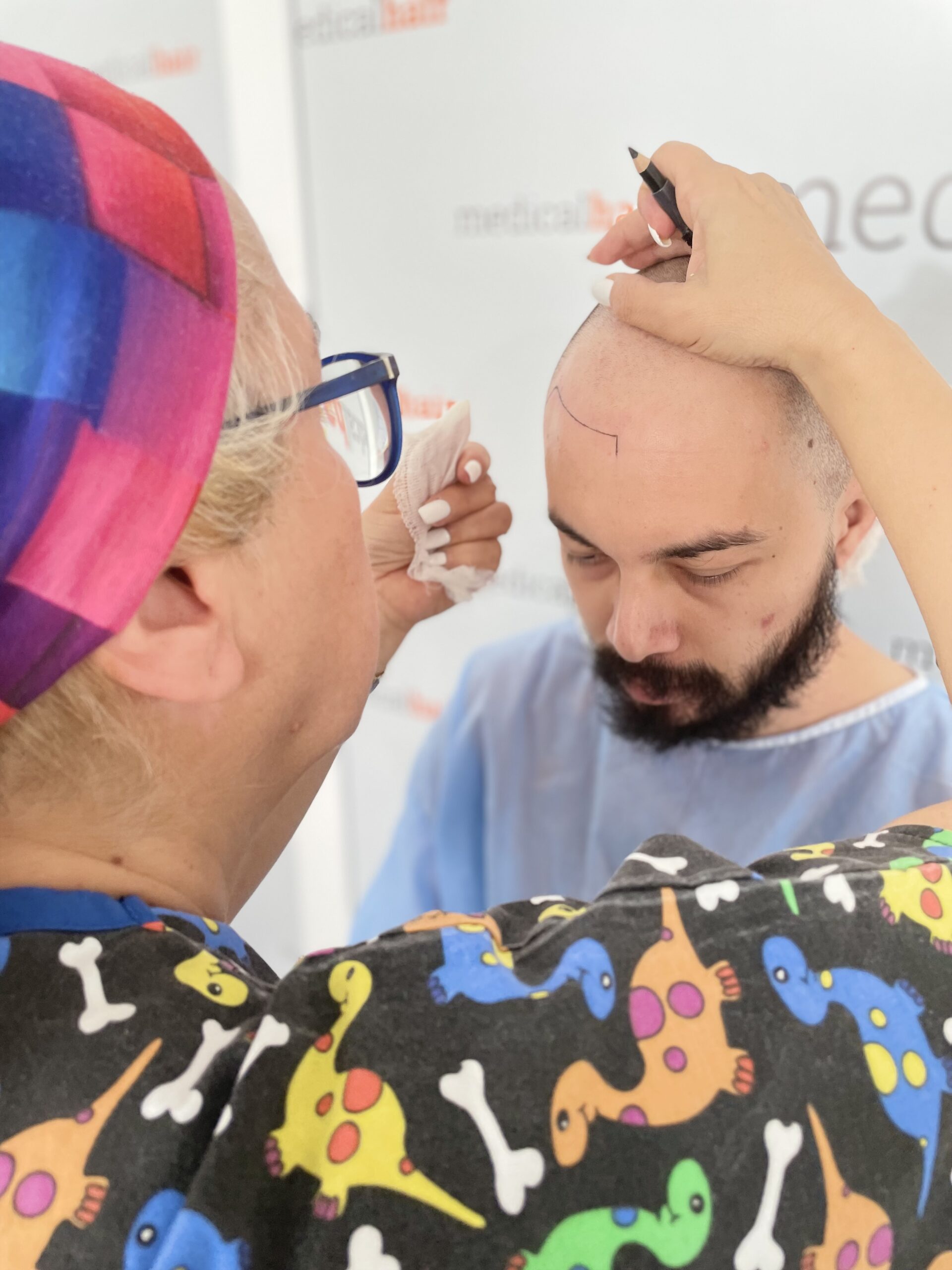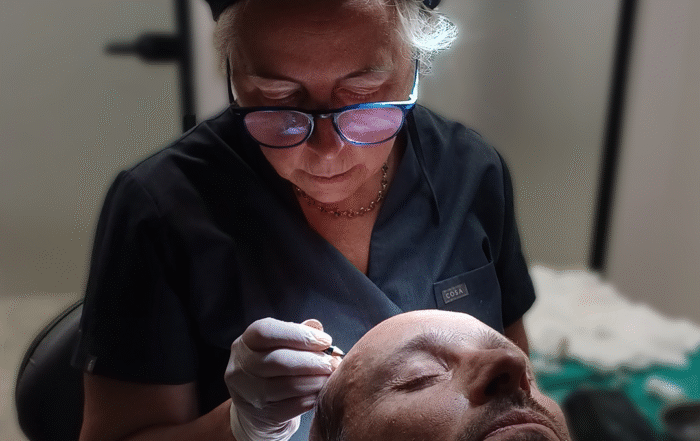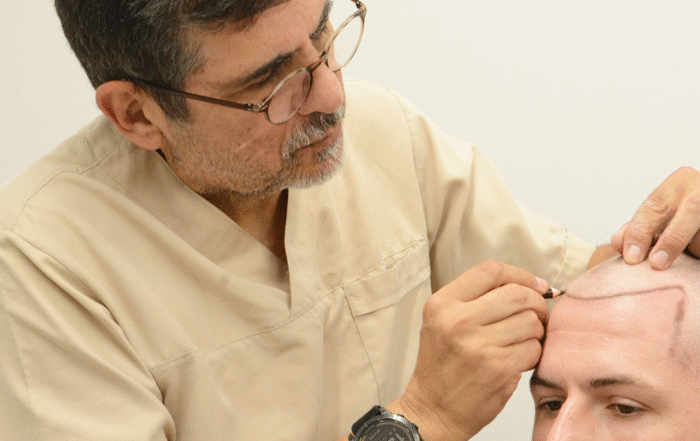
How to Sleep After a Hair Transplant and Why It Matters
Proper sleep after a hair transplant is vital for graft survival, healing, and comfort. This guide explains the sleep positions, elevation tips, and aftercare habits to ensure the recovery.
Post Author:
medicalhair
Categories:
Date Posted:
November 11, 2025
Share This:
Why Sleep Position and Post-Op Sleeping Habits Matter
Graft Healing
Once grafts are implanted, they are initially tenuous. Hair follicles are avascular for a period and must undergo rapid re-vascularization, avoid ischemia-reperfusion injury, and re-establish adequate blood supply to thrive. If during sleep you impose pressure or stress onto the recipient area, you risk dislodging grafts, impairing microvascular ingrowth, or causing hematoma/edema.
Swelling and Blood Flow
Sleeping flat, with head at the same level as the body or worse yet, on the stomach, can allow fluid shifts and lymphatic congestion in the scalp and forehead. Clinically, elevated head positioning is recommended to reduce postoperative swelling and to optimize circulation.
Motion and Pressure
During sleep you cannot monitor every motion. Rolling onto one side, resting your head on a pillow the wrong way, or using a pillowcase with coarse texture can all translate into micro-trauma to the grafts or donor zone. It is important to keeping bedding clean, minimizing friction against the scalp, and avoiding side or prone sleeping in the early phase.

How to Sleep After Your Hair Transplant
The following section outlines recommended strategies, timing, and rationale for sleep posture after your transplant:
First night to day 7–10: The Crucial Phase
- Position: Sleep on your back, with your head elevated head.
- Why: This reduces direct contact of the implanted scalp with pillows, limits pressure, supports drainage of fluids, and protects grafts.
- Pillow setup: Stack firm pillows underneath the shoulders/neck; use a neck-travel pillow or U-shaped pillow to stabilize head and prevent rolling.
- Avoid: Side or stomach sleeping, which can exert pressure on recipient or donor zones, cause friction, or compromise graft anchorage.
Days 10–21: Transition Phase
- Many patients begin to transition to more natural angles or side sleeping (if cleared by surgeon).
- Continue to keep vigilance: avoid face-down positions; maintain gentle elevation if any swelling persists; continue good sleep hygiene and clean bedding.
After ~3-4 weeks: Normalization
- Grafts are well-anchored and you may resume your typical sleep posture, unless your surgeon advises otherwise.
Why Following These Guidelines Improves Outcomes
- Reduced graft loss: Minimizing disturbance and pressure supports maximum graft take and survival.
- Lower swelling and discomfort: Elevated position helps with oedema control, which in turn reduces discomfort and potential for complications.
- Better healing environment: Optimized circulation, reduced inflammation, and better sleep quality all contribute to improved healing of donor and recipient zones.
- Protection of cosmetic aesthetic result: Because graft survival and uniform healing are key to natural appearance.
Conclusion
Sleeping the “right way” after a hair transplant is not optional, it is a vital part of your after-care process. Your sleeping habits are foundation and help translate the procedure into the best possible outcome. By sleeping on your back, elevating your head, avoiding pressure/friction, maintaining hygiene, and gradually returning to normal posture in coordination with your surgeon’s instructions, you optimize graft survival, minimize complications, and facilitate smoother healing.
References
- Adachi T, et al. Hair Transplantation: Hair Cycle, Graft Survival, and Vascular Supply. Hair Transplant Forum Int. (Review). 2021;17(4):??? [pages]. (ishrs-htforum.org)
- Feng H, Wu X, Zhao M, et al. Self-management in the post-hair transplantation recovery period among patients with androgenetic alopecia: A qualitative study. [publication year]. PubMed PMID: 39282021. (PubMed)
- Gupta A, Garg S, et al. A Comparative Study on the Rate of Anagen Effluvium and Survival Rates of Scalp, Beard, and Chest Hair in Hair Restoration Procedure of Scalp. J Cutan Aesthet Surg. 2019;12(1):23-31. PubMed PMID: 31413480. (PubMed)
References
- Adachi T, et al. Hair Transplantation: Hair Cycle, Graft Survival, and Vascular Supply. Hair Transplant Forum Int. (Review). 2021;17(4):??? [pages]. (ishrs-htforum.org)
- Feng H, Wu X, Zhao M, et al. Self-management in the post-hair transplantation recovery period among patients with androgenetic alopecia: A qualitative study. [publication year]. PubMed PMID: 39282021. (PubMed)
- Gupta A, Garg S, et al. A Comparative Study on the Rate of Anagen Effluvium and Survival Rates of Scalp, Beard, and Chest Hair in Hair Restoration Procedure of Scalp. J Cutan Aesthet Surg. 2019;12(1):23-31. PubMed PMID: 31413480. (PubMed)



